Dynavistics Trinity Extended Pricing Enhancements simplifies many of the challenges in managing complex price schemes and as covered in this video, the process of managing volume based pricing. Visit the Trinity Product Page to learn more about our entire add-on suite of advanced features for distribution companies using Microsoft Dynamics GP.
Video Transcript
How to Manage Multi-Tiered Customer Pricing in Dynamics GP
Welcome to this presentation on the Trinity Extended Pricing Enhancements module, from Dynavistics.
Extending Pricing Enhancements comprise a number variable and flexible pricing options that complement GP’s core extended pricing functionality. These include:
- Volume based pricing
- Volume based promotions
- Order value based discounts
- Cost uplift pricing
- And site specific pricing
In this video, we will be concentrating on one specific feature: volume based pricing, sometimes referred to as aggregate pricing.
Aggregate pricing functionality enables quantity break pricing to be used in sales transactions to calculate prices for groups of items rather than individual items.
Items are assigned to price books and price sheets using Microsoft Dynamics GP extended pricing. Items are also assigned to an aggregate price group with each group containing one or more items. Quantity breaks can be set against aggregate pricing groups with each quantity break having a separate price book assigned to it and, if required, multiple sets of quantity breaks on price books can be maintained against a single aggregate price group. In that way, different customers can then receive different prices for the same aggregate group.
Let's see how this works.
Here we have a three-line order and if we drill down onto the customer, and then drill down on the additional tab, we can see the customer’s been offered aggregate pricing terms. When we come to save the order, this recalculation prompt appears, and if we select yes, the system will now display the original unit price and, adjacent to it, a new unit price.
So how does this happen?
Back on the main order screen, if we go to the additional tab and select Add Group Pricing Information, this tracker screen provides us with progress so far. The bottom part of the screen shows the three items ordered, and if we drill down on the aggregate pricing group code, it will show all the items of the group and the price books associated with each quantity break.
In this scenario, a minimum of five must be purchased before aggregate pricing takes effect. A different price will be offered for a quantity of 10 or more. We could look at the price book that will confirm the deal on offer.
Back on the tracker screen, the three items ordered show a total quantity of 14 cases, but the group quantity on the top half of the screen shows only seven. This is because if we drill down on one of the ordered items, although it's ordered in cases of six, we are accumulating the total using a different unit of measuring in the schedule, one which will be common to all items in the aggregate pricing group.
If we increase the quantity on the order to achieve the next break point and recalculate the prices, we can see that the price for 10 and above is now being used. When we accept that, the order will be repriced accordingly.
The order may, of course, have other items that are not part of any aggregate deal and may also have multiple deals running on different groupings within the same order. If we look at the price tracker again, and an individual item, price trace will confirm how the final price has been arrived at.
In summary, aggregate pricing provides:
- Pricing based on groups of items
- With different prices offered based on the quantity purchased
- And with a flexibility to offer different prices to different customers
It is running conjunct with GP’s extended pricing and it is one of several additional pricing models available with the Trinity Extended Pricing Enhancements module, which is designed to help wholesale distributors maximize their selling opportunity.
I hope you found this presentation interesting. If you'd like to know more, please schedule your free demonstration today. Thank you

